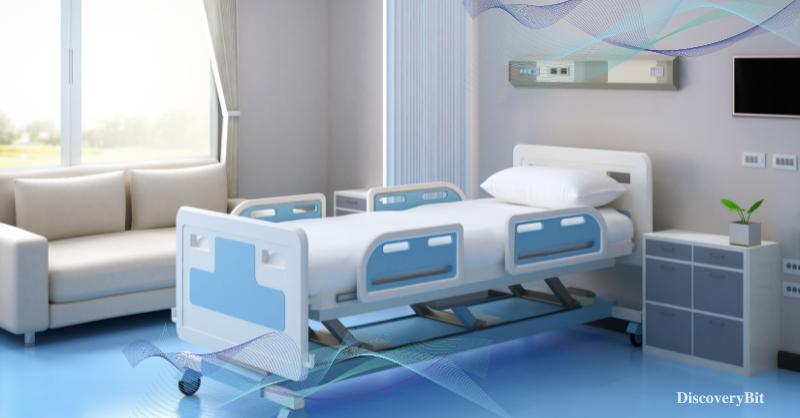Visiting the Hospital
Ever been to a hospital? It’s like a bustling hub where heroes in scrubs fight tirelessly to save lives. But it’s not all sunshine and rainbows. Behind the sanitized curtains lies a lurking danger: hospital-acquired infections (HAIs).
Picture this: some folks walk in seeking healing, but instead, they catch new illnesses right within these walls. Lately, the rates of these HAIs are skyrocketing. Are hospitals really our guardians of health or could they be silent death traps?
Healthcare-Associated Infections
HAIs used to be tied to critical care units, but now they’re stealthily creeping into routine treatments too. They’re the unwelcome guests causing more illness and even death among patients. These infections drag out hospital stays, hike up medical bills, and put lives on the line. Scary stuff, right?
Thousands of Americans fall victim to HAIs yearly, and the Centers for Disease Control and Prevention (CDC) has its alarm bells ringing—1 in 25 people get hit by these infections daily. Think about it: hospitals, filled with both the ailing and the healthy, become breeding grounds for pathogens. And when a patient catches an HAI, their hospital stay can stretch for months, sometimes ending tragically.
Around 99,000 out of 1.7 million infected Americans lose their lives annually. That’s why hospitals with high HAI rates face consequences. Medicare cracks the whip, pushing these institutions to level up their prevention game.
The Sneaky Sources
HAIs sneak in through loopholes: unsterilized gear, careless handling, and even a messy environment. Think surgical wounds, urinary tract infections, respiratory or gastrointestinal issues. Surgeries, meant to heal, often come with an increased risk of infection. Vulnerable groups like the elderly or kids are more prone to these dangers.
Examples to Watch For:
1) Catheter-Associated UTIs: These infections, linked to urinary catheters, account for a whopping 75% of all UTIs in hospitals. Longer catheter use? Higher infection risk.
2) Surgical Site Infections: Post-surgery infections can range from skin issues to deeper, more serious complications. CDC offers guidelines to fight these infections.
3) Ventilator-Associated Pneumonia: Breathing machines sometimes lead to lung infections if germs hitch a ride through the tubes.
4) Clostridium difficile Infection: A nasty bug that wreaks havoc, especially on the elderly. In 2011, an estimated 500,000 patients admitted to US health facilities were affected by C. difficile-related infections. Among these, approximately 29,000 individuals lost their lives within 30 days after diagnosis. Its resistance to treatment makes it particularly troublesome and poses a significant risk to patients.
Other related organisms in this class include Methicillin-resistant Staphylococcus aureus (MRSA), Vancomycin-resistant enterococci (VRE), Carbapenem-resistant Enterobacteriaceae (CRE) and Carbapenem-resistant Klebsiella pneumoniae (CRKP), and Necrotizing fasciitis. These organisms are sometimes referred to as superbugs because they are quite difficult to kill.
5) Bloodstream Infections: Negligence in procedures might expose patients to diseases. For instance, there’s a chilling case at the HealthPlus Surgery Center in Saddle Brook, New Jersey, where about 3,000 patients faced risks of HIV, hepatitis B, and hepatitis C due to sloppy instrument handling.
Avoiding the Pitfall
But fear not! There’s a glimmer of hope. You can dodge these dangers by following some simple steps: stick to infection control measures, wash your hands religiously, maintain personal hygiene, sterilize instruments rigorously, and keep the surroundings squeaky clean.
Patients, it’s your time to shine too! Keep an eye on yourself, practice top-notch hygiene, especially after contact with other patients. Shockingly, not all hospitals go all-in to prevent HAIs. So, take charge and shield yourself from these infections when stepping into the hospital zone.
So, are hospitals just havens for healing or lurking danger zones? You decide. But remember, knowledge and precautions are your best defense against these invisible threats.
Tags: acquired infection disease contraction environmental health example of hospital acquired infection hai infections in hospitals health safty Hospital hospital acquired disease hospital acquired infections hospital visit patients










